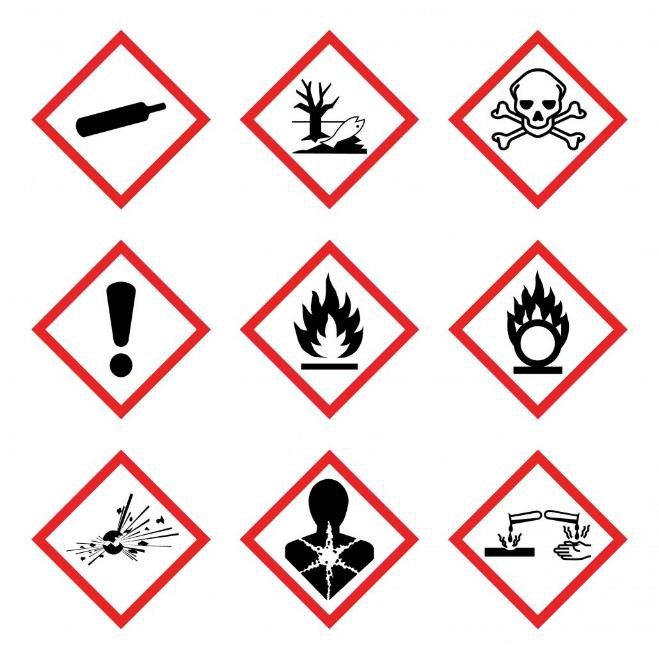Which packaging must be declared?
Before starting your declaration, it is useful to be aware of a few concepts. Some types of packaging do not have to be reported, while others must be declared to Fost Plus. In this section we explain everything you need to know in detail.
When submitting your declaration, we also ask you to enter the product group corresponding to your company’s activity. You will find the Overview of product groups (French version) under the heading “Useful documents”.
